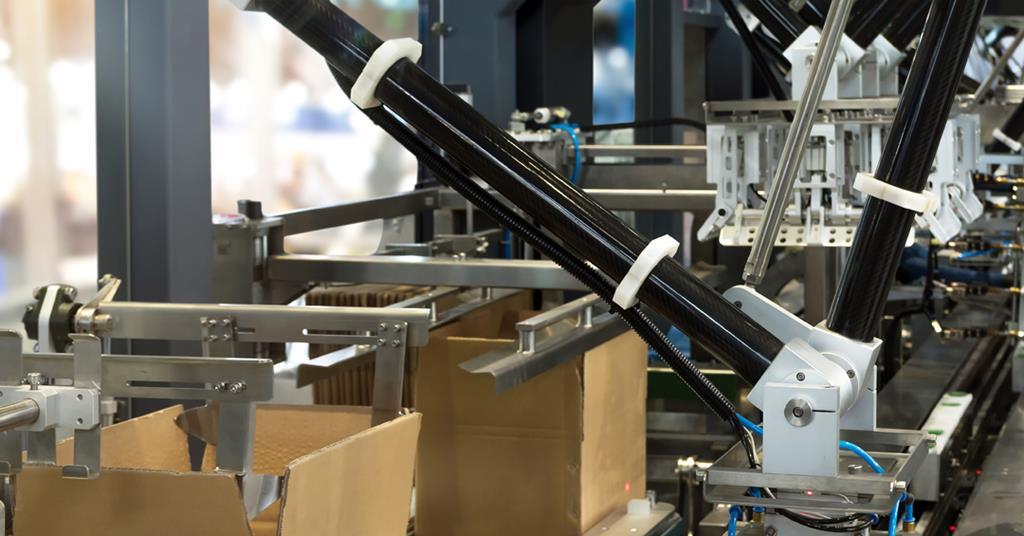Packaging machinery has revolutionized the way products are presented, preserved, and transported. From simple manual operations to highly sophisticated automated systems, packaging machinery has significantly evolved, influencing various industries such as food and beverage, pharmaceuticals, cosmetics, and consumer goods. This article explores the development, types, and impact of packaging machinery on modern industry.

The Development of Packaging Machinery
The journey of packaging machinery began in the 19th century with the industrial revolution, which introduced the need for mass production and efficient packaging solutions. Early packaging machines were rudimentary, requiring significant manual intervention. Over time, technological advancements and the need for higher efficiency and productivity led to the development of automated packaging machinery.
Types of Packaging Machinery
Packaging machinery can be categorized based on the type of packaging process it performs. Here are some of the most common types:
- Filling Machines: These machines are designed to fill products into containers. They are used in various industries, including food and beverage, pharmaceuticals, and cosmetics. Filling machines can handle different types of products, such as liquids, powders, and granules.
- Sealing Machines: Sealing machines ensure that the packaging is properly sealed to protect the product from contamination and extend its shelf life. These machines are essential in the food and beverage industry, where maintaining product integrity is crucial.
- Wrapping Machines: Wrapping machines cover products with protective materials, such as plastic or paper, to prevent damage during transportation and storage. These machines are commonly used for packaging individual items or bundling multiple products together.
- Labeling Machines: Labeling machines apply labels to products or packaging, providing essential information such as product name, ingredients, expiration date, and barcodes. Accurate labeling is critical for regulatory compliance and consumer information.
- Cartoning Machines: These machines are used to form cartons or boxes, fill them with products, and seal them. Cartoning machines are widely used in the food, pharmaceutical, and consumer goods industries.
- Palletizing Machines: Palletizing machines stack and organize packaged products onto pallets for efficient storage and transportation. These machines are essential in large-scale manufacturing and distribution operations.
Impact on Industry
The impact of packaging machinery on various industries is profound. Here are some key benefits:
- Increased Efficiency: Automated packaging machinery significantly reduces the time and labor required for packaging processes, leading to higher productivity and cost savings.
- Improved Product Quality: Packaging machinery ensures consistent and precise packaging, reducing the risk of contamination and damage. This is particularly important in the food and pharmaceutical industries.
- Enhanced Safety: Modern packaging machinery incorporates safety features that protect workers from accidents and injuries. Automation also minimizes human contact with products, enhancing hygiene.
- Sustainability: Advances in packaging machinery have led to the development of eco-friendly packaging solutions, such as biodegradable materials and energy-efficient processes. This helps industries reduce their environmental footprint.
- Customization: Packaging machinery allows for customization of packaging designs, sizes, and materials, enabling companies to meet specific market demands and consumer preferences.
Future Trends
The future of packaging machinery is shaped by technological advancements and evolving consumer demands. Here are some trends to watch:
- Smart Packaging: Integration of IoT and AI Packaging Machinery technologies in packaging machinery will enable real-time monitoring, predictive maintenance, and enhanced traceability of products.
- Sustainable Packaging: Continued focus on sustainability will drive the development of packaging machinery that supports the use of recyclable and biodegradable materials.
- Robotics and Automation: Increased use of robotics will further streamline packaging processes, improve precision, and reduce labor costs.
- Digitalization: Digital printing and labeling technologies will enable more flexible and efficient packaging operations, allowing for quick changes in design and information.
Conclusion
Packaging machinery has come a long way from its humble beginnings, transforming the way products are packaged and delivered to consumers. Its impact on efficiency, product quality, safety, and sustainability is undeniable. As technology continues to advance, the future of packaging machinery promises even greater innovations, making it an exciting field to watch.
